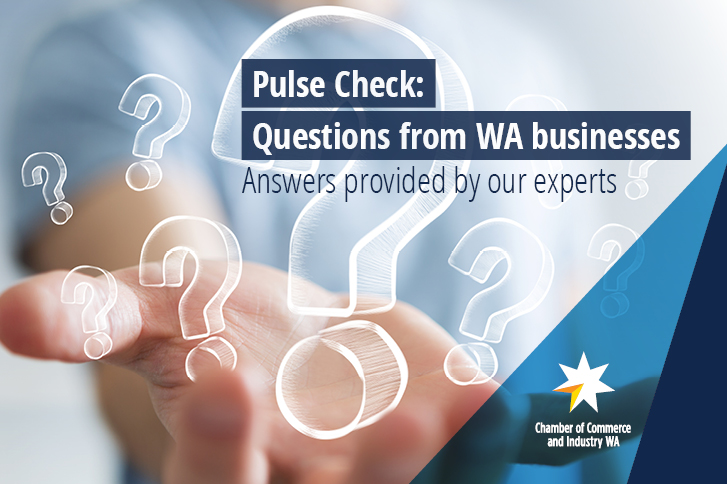Regardless of whether the thought of writing fills you with dread or gets you excited, good content underpins all communication that will generate leads for your business.
Your content could be in the form of a press release, a social media post, an article on your website or it could be in electronic direct mail (EDM) or a combination.
Whatever it is, it needs to be authentic and portray your company’s values. If you don’t feel confident creating your own content, find someone who can.
There might be a person in your organisation who has a talent for knowing audiences and writing to that. You could find a freelancer to help you or hire a PR specialist or a communications advisor. Your content needs to be authentic.
Annette Ellis, strategic communications advisor and CEO of Cannings Purple, has noticed an increasing drought of trust between communities and governments, corporates or structures that people used to hold in high esteem.
“We used to look up to the big corporate brands like the banks, the insurers, the religious institutions but today much of that trust has been eroded. You need to build trust,” she says.
These are her tips for good public relations content
- Be authentic: To build trust you need authenticity. Your communication needs to be transparent.
- Be relevant: Your audience won’t care if your content is not relevant to their needs, interest and lives.
- Be succinct: We’re in a time poor society and you need to get to the point. People seldom read long pieces of content any more.
- Be informative: Give the who, what, why, how and when and put that up front (especially in a press release or email).
- Be engaging: People are online to be engaged. They want to give their input. Facebook algorithms put your posts higher if you’ve got more engagement (number of comments, likes and shares).
- Be creative: You can cut through and be noticed if your content is different or unusual.
- Know your audience: Research your audience, tweak your content, so it is more relevant to your customers’ or clients’ lives.
- Tone: What you’re communicating, the audience and the channel you’re using to spread the content will change your language style and the tone. Make sure your tone is appropriate.
- Be purposeful: Know your core messaging and values because these shouldn’t change across communication channels. You must be consistent about your values, standards and the core of who you are. Always be authentic in your communication.












